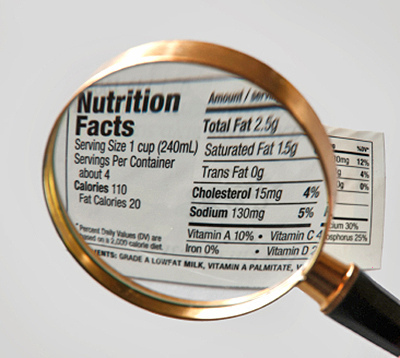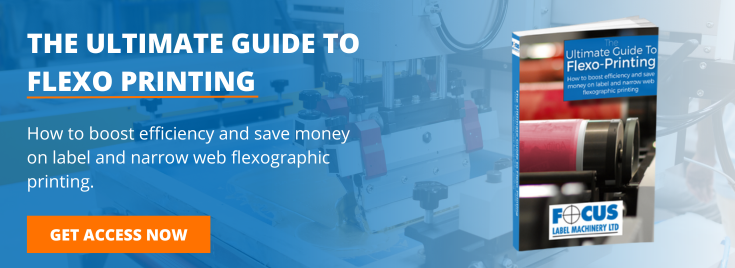
If you’re engaged in the food labelling business, you need to be able to communicate information about your customer’s food so that the consumer can make an informed decision. Regardless of whether the food is loose or vacuum packaged, or sold in a supermarket or online, there are certain requirements which must be met on all food labels.
Basic Food Label Printing Requirements
Any printed food label must contain three kinds of basic information: its name, any allergy-causing ingredients, and for meat products, a QUID or quantitative ingredients declaration.
The labels of pre-packaged foods – those foods placed on sale after having been packaged – must contain specific information about the product. In addition to the basic information, it is good practice to include a full list of ingredients on the packaging. Some food manufacturers also like to indicate how much sugar, salt and fats are present, as a percentage of the consumer’s recommended daily allowance (RDA). This is becoming especially common on packaged sandwiches and lunch products.
Media and Font
Food labels need to be printed on media that is indelible, or difficult to remove. All information about the food must be located on one side of the package, and must include the food’s name, net quantity and alcoholic strength, where applicable.
The font used for the mandatory information on food labels must a minimum of 1.2 millimetres in height; 0.9mm if the food package’s surface area is below 80cm2.
Product Name
A food has two names: a legal name and a marketing name. The product’s legal name should describe the product in such a way as not to mislead the consumer. The legal name is one that is used when a product meets certain food and drink composition standards, such as jam or champagne. The marketing name is the brand name the manufacturer gives the product. For example, ‘Ready Brek’ is a marketing name, while ‘oat-based breakfast cereal’ is a legal name.
Nutritional Content
In addition to adhering to mandatory requirements, you can also volunteer information about the food product you are selling. This voluntary information can be very general or very detailed, and can explain everything from just the product’s energy value to all of the salt, sugar, fat and other such content of the product. Both general and detailed descriptions need to include optimum intake requirements for an adult of average weight, height, age and fitness.
Colour Coding Food Labels
Businesses selling food products must also be aware of certain label colour requirements. Where the information given on a label is detailed, a basic colour scheme of red, amber and green must be used to indicate amounts of fat, saturates, sugars and salts. These colours need to be vibrant in appearance so as to attract the attention of the consumer.
Avoiding Printing Errors
Even when they are professionally printed, the food label printing process can be rife with risk. Colour is incredibly important with food labels, meaning that hex digit digital colours must be correctly converted to CYMK format.
The clearest and most easily-read labels will be printed in vector format, as it is a more precise way of displaying text and images. In a similar vein, fonts also need to be converted properly. In addition to this, it’s important to ensure that all images are checked before printing to ensure the conversion was successful.
All information on food labels must fit on the label. However, a common error is not considering borders prior to printing. The border of any label is 5mm or more away from the label’s edge. Therefore, you need to ensure that your text is placed inside the border to prevent it from being cut off once printed.
Flexographic Printing
Most food labels are printed using flexographic printing presses. To help you make the most cost-effective purchase decision when investing in flexographic printing equipment, we have written a free ‘Ultimate Guide to Flexo-Printing’. This new eBook explains how the right flexographic label press can give a competitive edge to any label printing business, regardless of the industry they serve. Click here to download your copy today.







